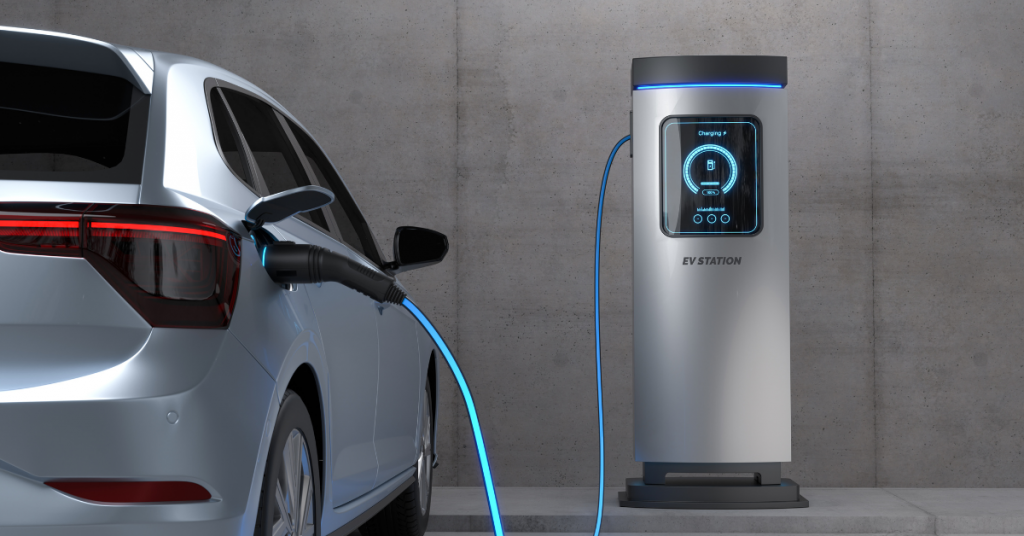Why having a charger matters
Many people move to electric cars to cut fuel cost and reduce hassle with filling up. Installing EV chargers at home or at a workplace makes daily use simple. A homeowner who had been driving a petrol car started charging overnight with a home charger and saw the monthly running cost fall noticeably. A small upfront fitment cost paid back in lower spend on energy compared with petrol over a few months.

Types of chargers and what fits
There are basic wall plug units and faster hardwired units. For regular commuting a standard wall box is enough. For someone needing quicker top-ups between shifts, a higher amperage unit makes sense. The choice of electric car chargers depends on the car’s onboard charging rate, the available power at the site, and how fast the user wants the battery topped up. A small business put up a charger in the staff parking area so employees could plug in while at work, cutting range anxiety and keeping vehicles ready.
Placement and installation steps
Pick a dry, accessible spot close to where the car parks. The unit needs a proper electrical feed. A qualified electrician should check the supply, fit the circuit breaker, and mount the charger. The installer should verify the earthing and test the output before handing it over. Some installations include a simple meter that shows how much energy the car draws so the user can track usage.
Using the charger smartly
Set the car to charge during lower tariff hours if the local energy plan allows that. Plug in after the last drive and let it fill overnight. A fleet manager who staggered charging times across vehicles saw the peak demand drop, avoiding higher tariff bands. Regular checks on the cable and plug help spot wear early. Cleaning the connector pins and keeping the unit covered from dust keeps performance steady.
Safety and upkeep
Always follow the user instructions that come with the electric vehicle chargers unit. Do not force plugs or use damaged cables. If the charger shows fault lights or unusual heat, pause use and get a technician to inspect. Simple annual checks by an electrician can catch loose wiring or degraded insulation before they cause problems.
Common mistakes to avoid
Some people pick a charger without matching it to their car’s input capability, leading to wasted spend on a unit that cannot run at full speed. Others forget to secure the electrical supply upgrade and end up with tripped breakers. Planning the installation with the expected daily driving distance in mind keeps the setup practical.
What users get out of it
Having a local charger cuts trips to public stations. It gives control over when the car is ready. Drivers report feeling more confident on longer runs when they know charging is handled at base. Small mixed fleets have reduced idle time by syncing charge windows with shift patterns.
Final notes
Keep the charger area clear and the unit dry. Record simple usage logs for a few weeks to see if any tweaks to timing or settings give better cost results. Good installation and plain regular care keep chargers working with no fuss.